Soundproofing is the act of blocking sound from entering or leaving a room, whereas sound-absorbing is a method used to prevent echoes and reverberations to improve acoustics.
Soundproofing materials must be thick and dense, whereas sound absorbing materials are light and fluffy.
It’s much easier to install sound-absorbing materials, as they can be applied on walls and floors easily.
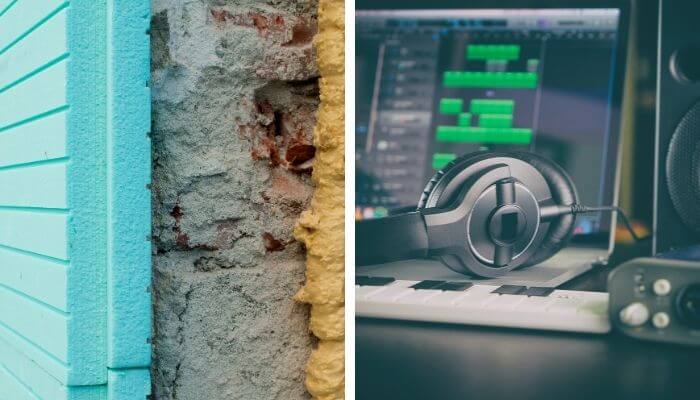
Sound blocking materials, however, are usually installed inside walls and structures of buildings.
Let’s take at the fundamentals to understand the difference between soundproofing and sound absorbing.
Depending on the type of sound you want to manage and how you want to manage it, you can look to either improve the acoustics in your building and muffle out noise or block out the sound completely using these solutions.
The Basics
Sound moves as waves of mechanical vibrations through gas, liquids, and solids.
This means it can travel in buildings both in the air, and in the walls and furniture.
By vibrating the structure of the building, sound easily travels from one room to another via the walls, ceilings, and floors.
Whether the sound in a room is coming from within the space or from another room, some of it will be absorbed by the building structure and furniture.
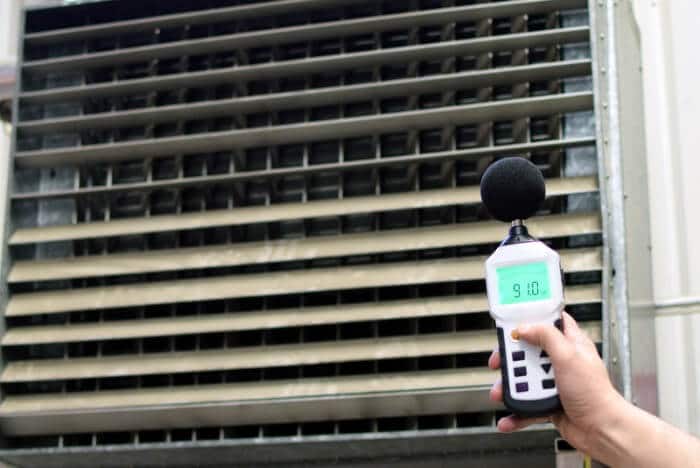
What’s most annoying to people, especially in rooms with high ceilings and minimal decor, is echoes and reverberations.
These waves of sound bounce better off hard, flat surfaces—so if your home has wooden floors and parallel walls, these waves can keep bouncing around, causing echoes.
Hence why recording studios often have curved, angled, or uneven walls.
No matter your reason for wanting to reduce noise, there are a couple of popular methods that can be used.
The Key Differences
Many people use the terms soundproofing and sound absorbing interchangeably, but they are, in fact, very different ways to control the sound environment.
Although both methods absorb sound, it’s the intent of the application that’s the big difference.
Each technique has a different way of helping the acoustics of a room or building and enabling the reduction of an unwanted sound.
The main difference is that sound absorbing is the absorption of sound waves within a room to improve acoustics and prevent echos.
Soundproofing, on the other hand, is blocking the sound entirely from entering or leaving the space.
What Is Soundproofing?
Soundproofing is a method to prevent sound from traveling through spaces such as walls and floors.
This is ideal for those who want to keep unwanted noise within a room or prevent unwanted noise from entering a room.

To do this, you must add a mass to the structure of a room that reduces sound transfer and reflects the vibrations back rather than transmitting them.
However, this will only prevent noise from leaving the room—the sounds within the room will be normal or even louder, with more echoes and intensity. In the same way, noise from outside of the room will not enter or is drastically reduced.
Soundproofing materials are designed to reflect sound and are more often than not placed inside the walls of a building.
To block the sound, these materials must be:
- Dense
- Heavy
- Airtight
Sound blocking materials can include concrete, mass loaded vinyl, gypsum board, and acoustic insulation.
The materials for soundproofing can also be decoupled, as the gaps in the structure can interrupt the vibrations of sound.
If the room you want to soundproof is already built, you’ll have to do a lot of construction or essentially build another room inside this room using soundproofing materials.
What Is Sound Absorbing?
These days, an important design aspect for building owners is good acoustics.
Acoustic patterns can influence cognitive performance, as well as comfort and productivity, especially in spacious, echoey buildings such as converted barns, open-plan apartments, and lecture halls.
Instead of blocking sound, sound absorption will reduce the echo and reverberation in a space—leading to better acoustics.
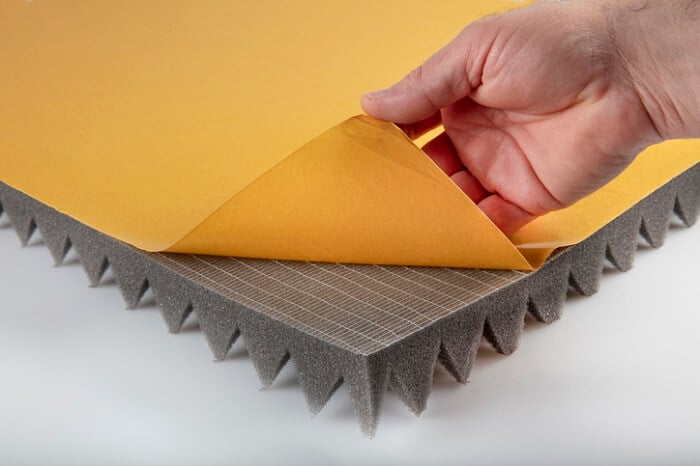
Sound absorbing occurs by using materials that soak up the sound as it hits instead of transmitting it. To absorb sounds, the materials must be:
- Porous
- Light
- Soft
Products are often sold as “soundproofing” but are actually sound-absorbing, such as foam tiles.
These don’t block sound, but rather improve the acoustical properties of sound by softening the room and absorbing certain frequencies.
If your room creates unwanted echoes and reverberations, then sound absorbing products are ideal.
Which Method Should You Use?
Most of the time, sound-absorbing materials alone are enough to improve the sound quality in a space and reduce the overall intensity of the sound.
Less noise will travel through walls, and any sound that does make it through will be quieter and less intense.
Within the space, there will be less background noise, better acoustics, improved speech intelligibility, and reduced echoes.
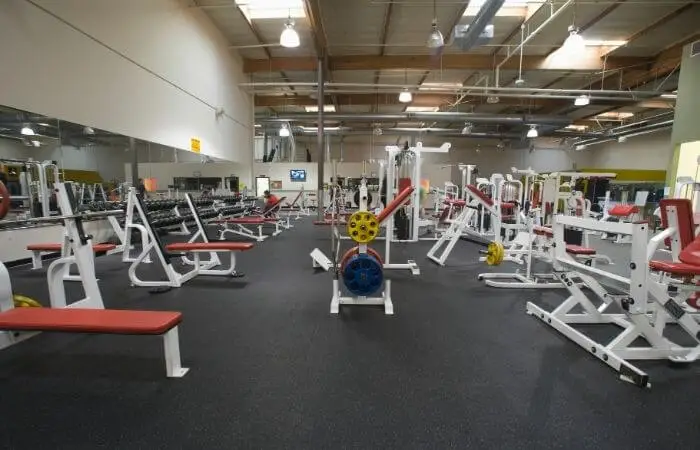
Sound absorbing products are often used in gyms and music studios to enhance their acoustical properties and reduce echo, and they are excellent for use in open-plan homes and offices too.
For some building owners, however, a combination of both soundproofing and sound absorbing is an ideal way to combat noise pollution within a building and get the best acoustics while minimizing outgoing and incoming noise disruption.
Soundproofing alone is a big job, as you have to change the structure of the building.
It’s best suited to commercial spaces such as cinemas and conference rooms, though it can be used in homes too.
Doors & Soundproofing/Sound Absorption
Doors play a critical role in sound management, as they are usually the thinnest material in the structure of a building.
Your walls may be thick and almost soundproof, but if your doors are thin then noise will pass straight through them.
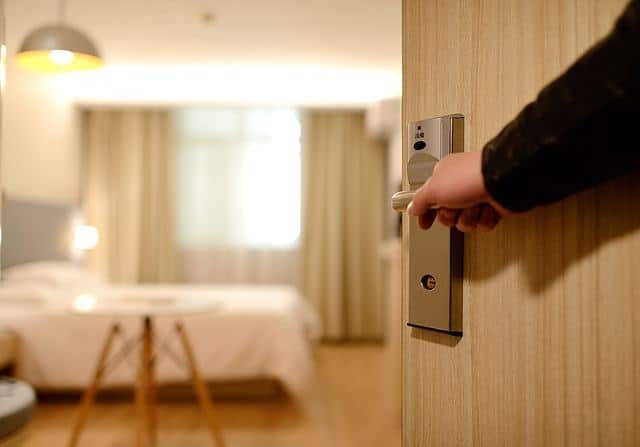
Here are your options when it comes to the doors in your building and controlling sound:
- Hollow doors: These are the most common types of doors found in homes and offices, and are the least effective at blocking sound, nor are they any good at absorbing sound.
- Solid doors: Solid doors are better at insulating against sound because they are dense, but it depends on the material and thickness. A fire door is an excellent option to block out sound – they are good or soundproofing.
- Adding sound absorbing materials: If you’ve already added sound-absorbing materials to your room, it’s possible to also add them to the doors as well. Cover both the door and the frame for maximum impact – this of course will help with sound absorption.
- Sound-blocking doors: There are such things as sound-blocking doors, which are built for the purpose of soundproofing. Between two layers there is usually a middle piece of extremely dense material, such as lead – these are designed for soundproofing.
- Professional acoustic doors: These doors are custom-built by experts, usually for music studios. While this option is pricey, there is a large choice of features such as steel interiors and acoustic glazing – these are also designed for soundproofing.
Final Thoughts
Hopefully, now you understand the differences between soundproofing and sound absorbing.
If you’re looking to manage sound within your building, you can ask yourself what you want the final result to be and go from there.
While soundproofing may seem like the most popular option, sound absorbing is actually the most used method to control noise and improve sound quality within structures.
It’s easier and cheaper to install, and will provide a better effect in terms of noise. Yes, it doesn’t block out sound completely, but this isn’t always the best outcome.
If you need to block sound for any reason, it might be best to use a combination of soundproofing and sound absorbing materials.
This way, you’ll block out most noise and still have high-quality sound and acoustics.
As an Amazon Associate I may earn a small fee from qualifying purchases at no extra cost to you. This helps us run the site, so thanks for your support!